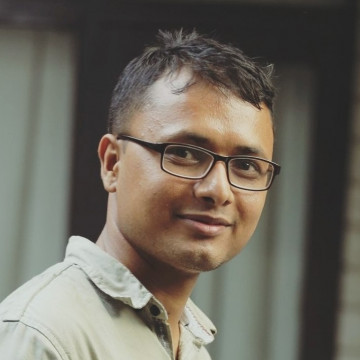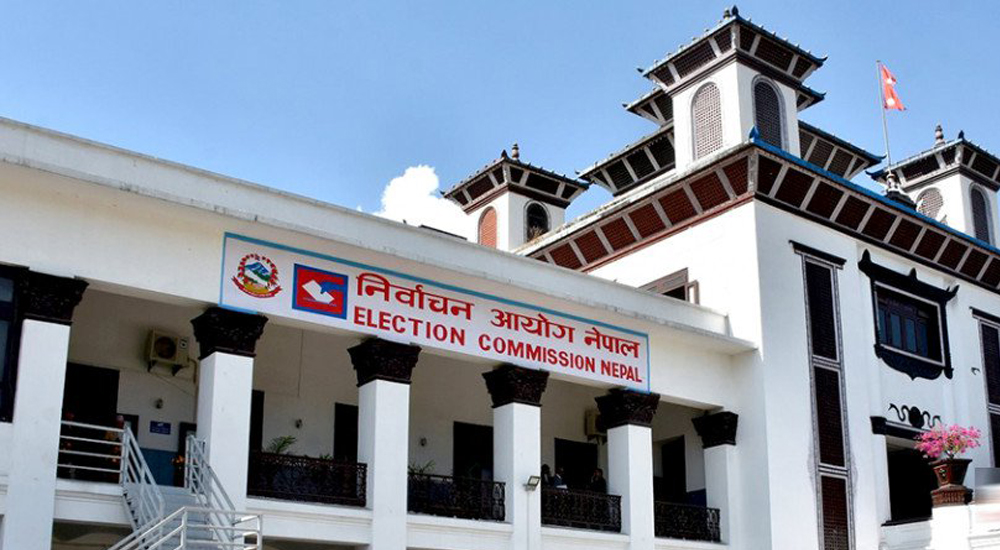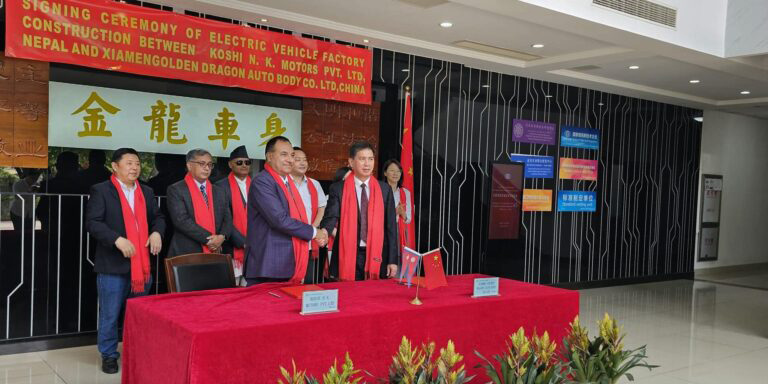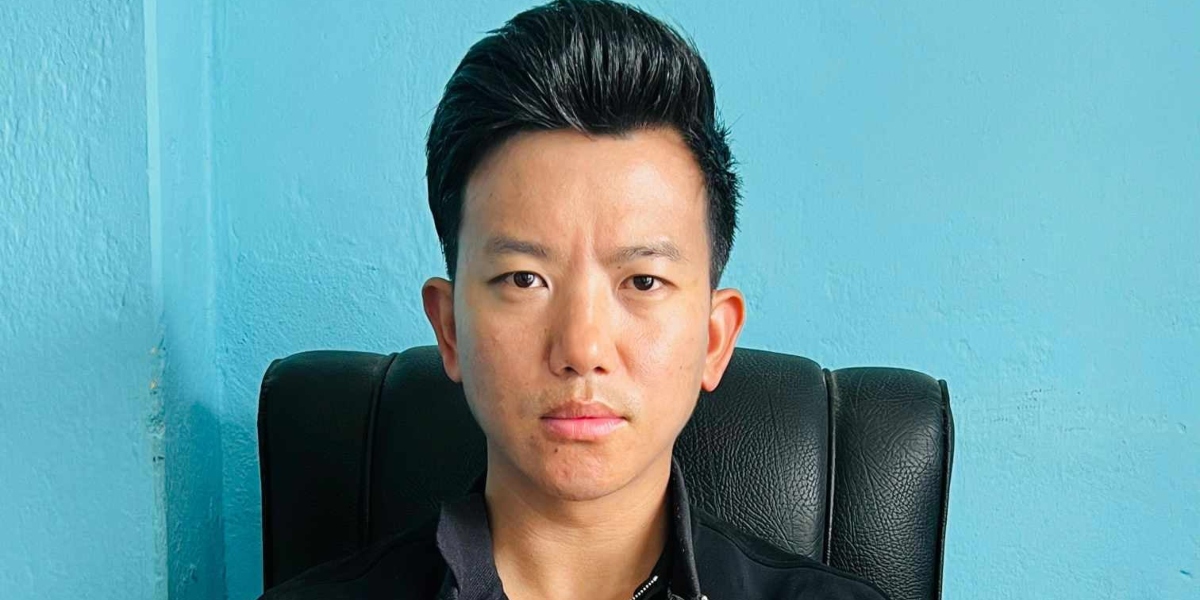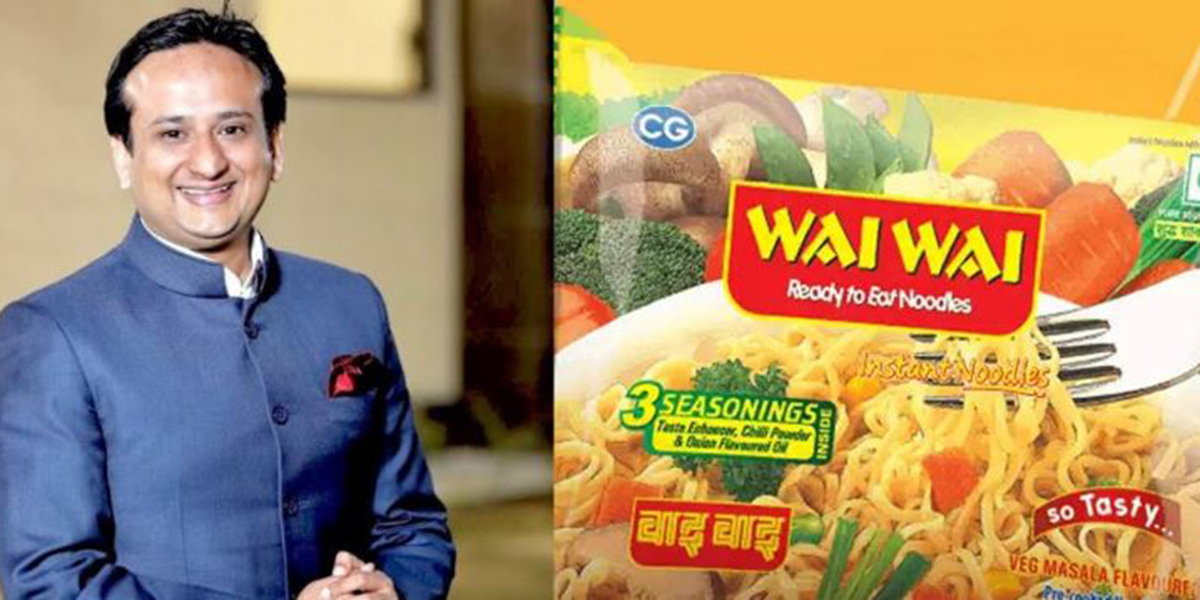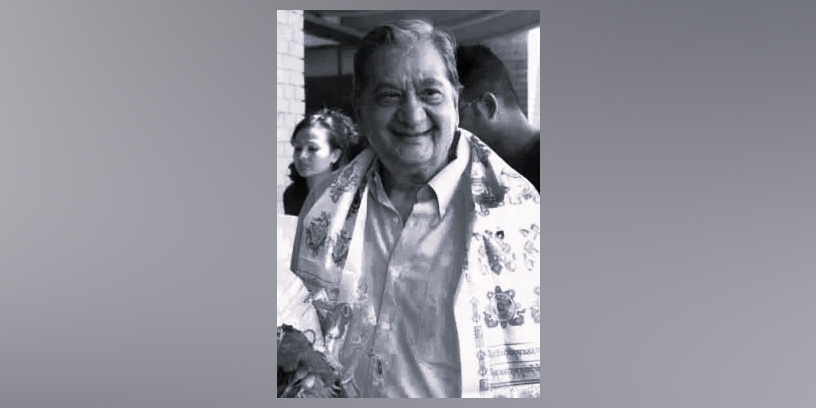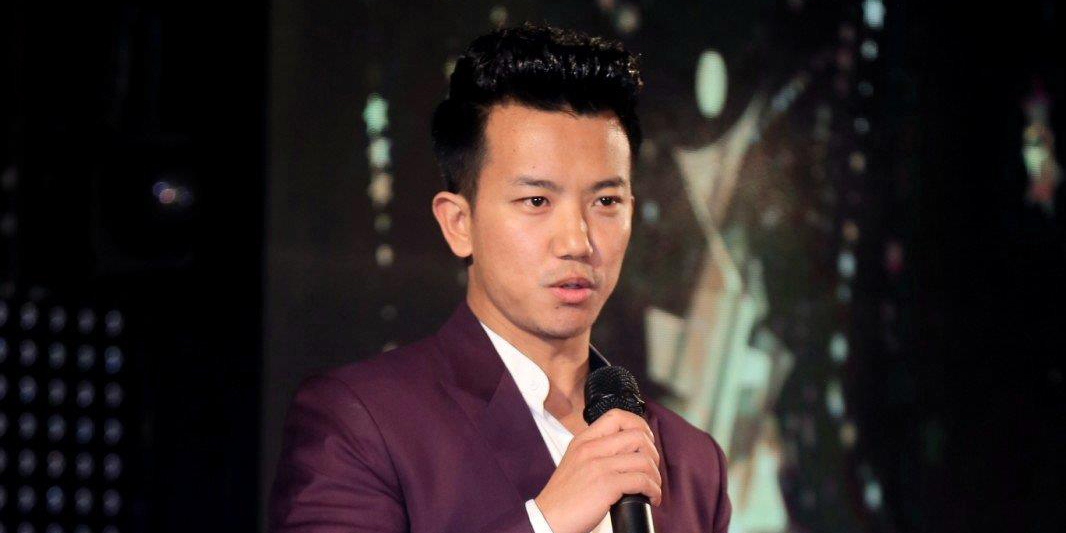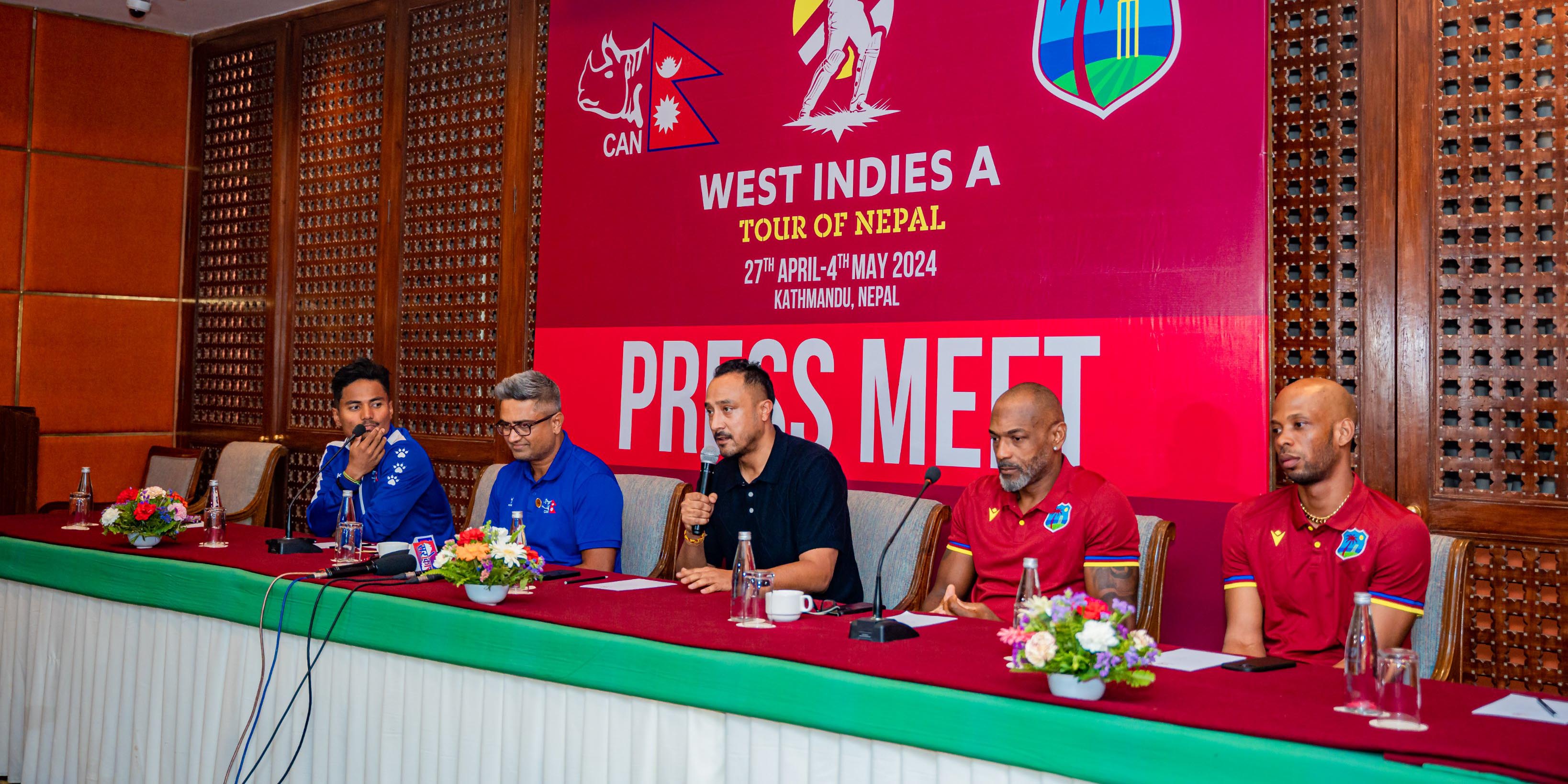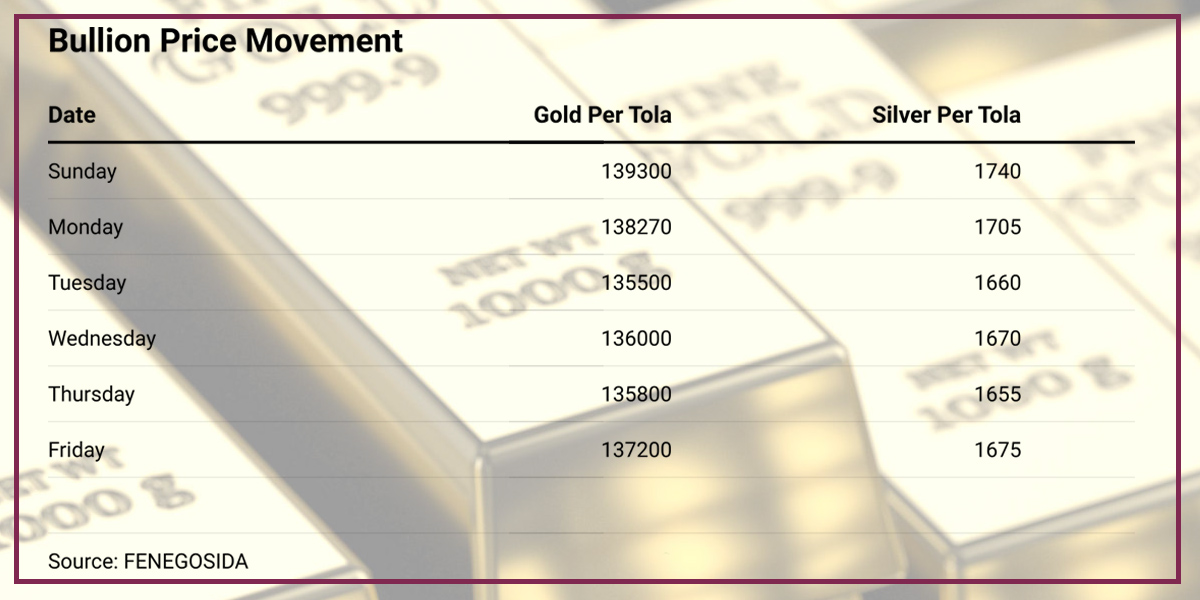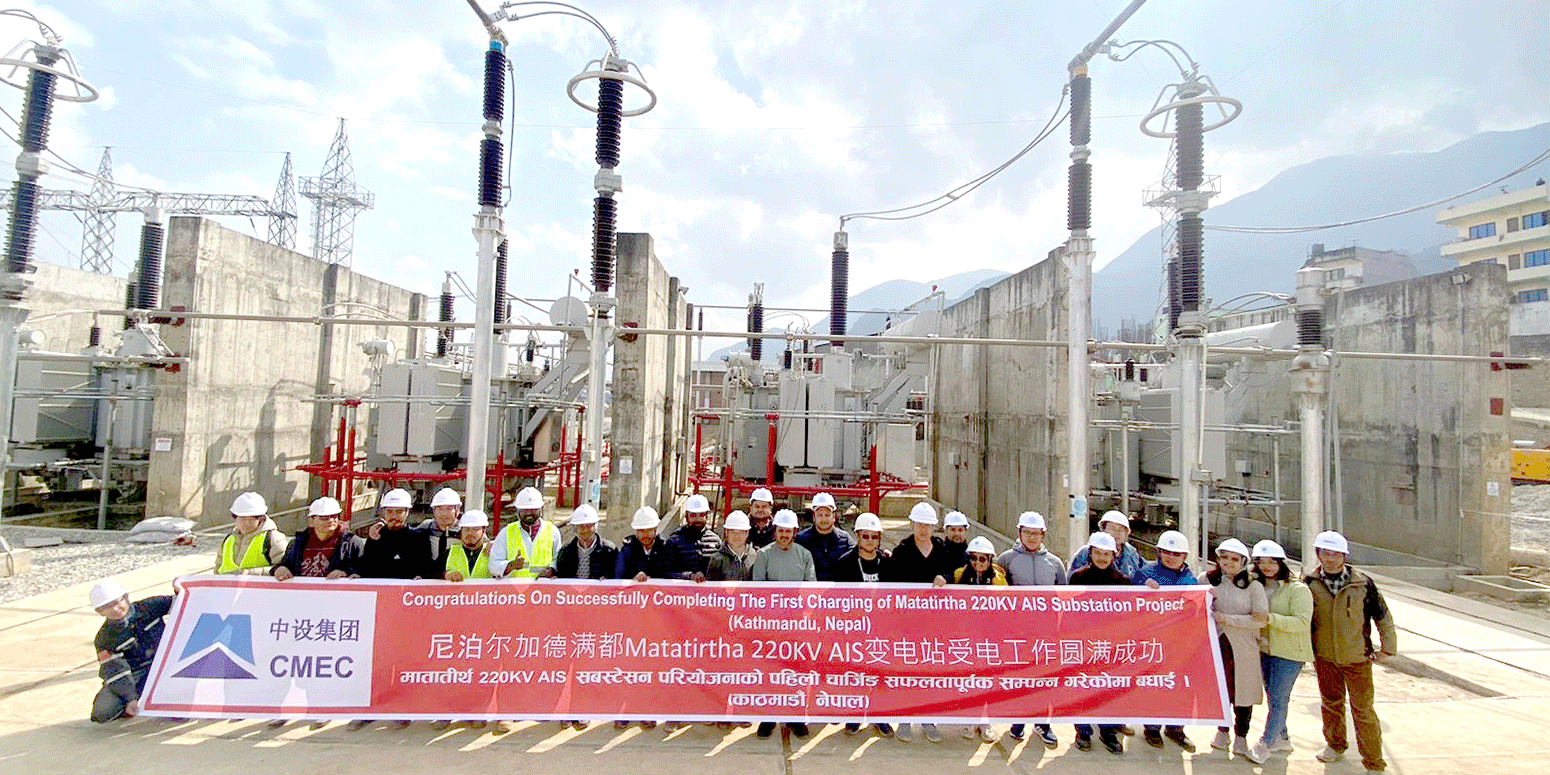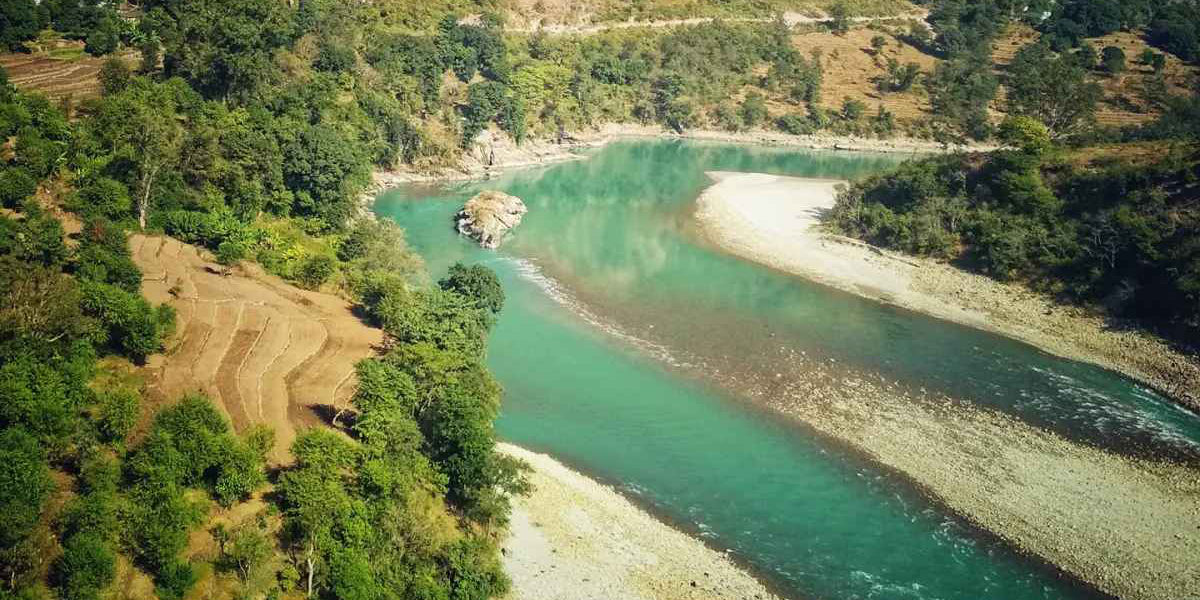
KATHMANDU: The attraction of medical education among students is on the rise. The factors driving this trend include student preference, parental aspirations, social status, and the need for skilled labor in the job market.
As the demand for medical education continues to grow, there is a corresponding increase in the number of educational institutions offering medical programs. Several medical colleges are currently awaiting government approval to begin offering classes in various disciplines of medical education.
The Nepal Medical Education Commission (NMEC), the governing body for medical education, has assigned a total of 7,659 seats for undergraduate studies in 14 subjects. A total of 1,310 seats have been allocated for the Bachelor of Nursing Science (BNS) program, 130 for Midwifery, five for Perfusion Technology, 80 for Bachelor of Ayurveda Medicine and Surgery (BAMS), six for Bachelor of Audiology and Speech Pathology (BASLP), 560 for Bachelor of Dental Surgery (BDS), and 70 for Optometry.
Moreover, the NMEC has assigned 840 seats for the Bachelor of Public Health (BPH) program, 815 for Bachelor of Pharmacy, 140 for Bachelor of Physiotherapy (BPT), 77 for Bachelor of Science in Medical Imaging Technology, 381 for Bachelor of Science in Medical Laboratory Technology, 1,350 for Bachelor of Science in Nursing, and 1,895 for the Bachelor of Medicine and Bachelor of Surgery (MBBS) program.
The Nepal Medical Education Commission (NMEC) administers an integrated entrance examination for all graduate-level subjects. Students must pass the entrance examination to apply for these courses.
The Nepal Medical Education Commission (NMEC) administers an integrated entrance examination for all graduate-level subjects. Students must pass the entrance examination to apply for these courses. That is why many students take preparatory courses before the entrance examinations.
Despite the competition for seats, medical education remains highly sought after, with many students, who fail the exam, attempting it again. However, some students pursue other subjects or seek higher education or employment abroad.
Likewise, many students opt to study in other countries such as China, Bangladesh, and the Philippines because of the limited quota at home. Likewise, a significant number of Nepali students travel to India, Australia, and the UK to study nursing, public health education, medical laboratory technology, and other fields.
The NEMC conducted the entrance examination in March to adjust the academic session disrupted by the COVID pandemic. According to Prof Dr Shree Krishna Giri, the vice chairman of NEMC, the next examination will be held after the results of Grade 12 are published.
Opportunities galore
Studying medicine is a challenging and demanding endeavor that requires significant investment in terms of time, effort, and resources. However, it also offers unlimited opportunities for personal and professional growth. Medicine is widely regarded as a prestigious and stable profession that plays a critical role in society. Furthermore, there is a growing demand for healthcare professionals in both domestic and foreign job markets.
Yet, having a desire to become a doctor alone is not sufficient. Students aspiring to enter the medical field must possess a strong sense of responsibility towards their community and country, exhibit good personal conduct and diligence, and demonstrate the ability to understand and empathize with human emotions.
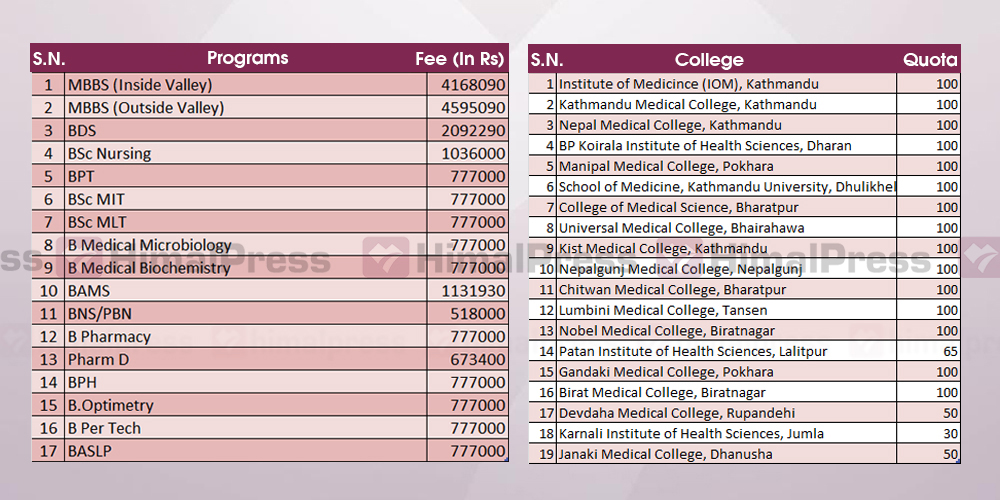
Cost and qualification
In order to study medicine, students must have biology as their main subject in Grade 12 and pass the Integrated Entrance Test administered by the NEMC. Successful candidates can apply at colleges based on merit.
Medical education is quite expensive. For the 2023/24 session, the NEMC has set the fee for MBBS programs outside the Kathmandu Valley at Rs 4.59 million, while the fee for institutions within the valley is Rs 4.16 million. Similarly, the NEMC has fixed the fee for the BDS program at Rs 1.09 million.
Scholarships
The government offers various scholarships for medical education. According to the NEMC, there are a total of 430 scholarship quotas for the MBBS program, 108 for Dental Surgery (BDS), 26 for BACMIT, and 492 for Nursing Science (BNS).
In addition, there are 84 scholarship quotas for Midwifery, three for Perfusion Technology, 60 for Ayurveda Medicine (BAMS), four for Audiology and Speech Pathology (BASLP), and 52 for Optometry programs.
Likewise, there are 212 scholarship quotas for Bachelor of Public Health (BPH), 190 for Pharmacy, 28 for Physiotherapy (BPT), 77 for BACMIT, 121 for BSc MLT, and 439 for BSc Nursing. These scholarships are awarded based on merit. Students who pass the entrance examination may gain admission to the remaining seats of institutions by paying the full fee. Applicants from underprivileged backgrounds, including Dalits and indigenous students, are provided full scholarships based on merit.
As per Rule 27 of the National Medical Education Regulations, only the students who pass NEMC’s entrance examination are eligible to pursue medical education in foreign institutions.
The government also provides scholarships for medical education in foreign institutions. Nepali students who pass entrance examinations conducted by embassies can pursue medical education in their respective countries by paying a nominal fee. Some countries such as China, Bangladesh, and Russia also offer full scholarships to Nepali students.
As per Rule 27 of the National Medical Education Regulations, only the students who pass NEMC’s entrance examination are eligible to pursue medical education in foreign institutions. Additionally, only those who pass the entrance examination can obtain essential documents such as a Statement of Need, a No Objection Letter, and a Certificate of Good Standing, which are required to apply for educational institutions abroad.

